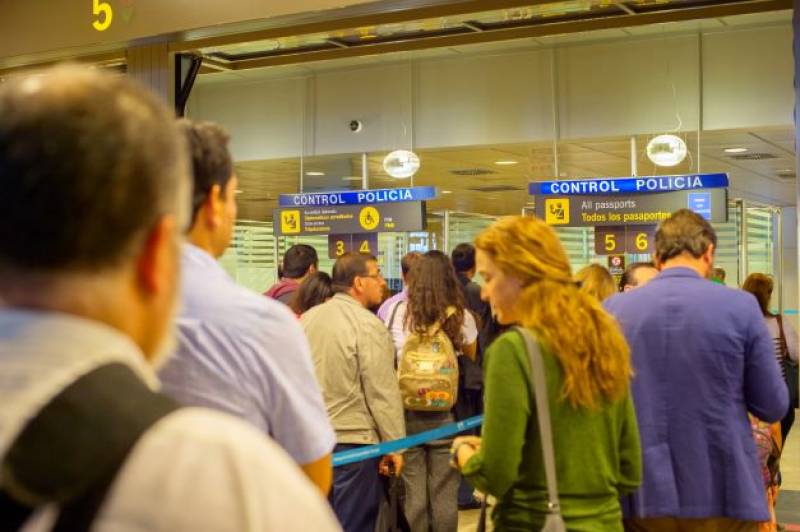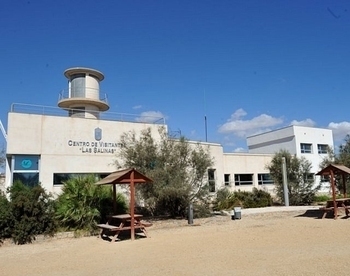- Region
- Águilas
- Alhama de Murcia
- Jumilla
- Lorca
- Los Alcázares
- Mazarrón
- San Javier
-
ALL AREAS & TOWNS
- AREAS
- SOUTH WEST
- MAR MENOR
- MURCIA CITY & CENTRAL
- NORTH & NORTH WEST
- TOWNS
- Abanilla
- Abarán
- Aguilas
- Alamillo
- Alcantarilla
- Aledo
- Alhama de Murcia
- Archena
- Balsicas
- Blanca
- Bolnuevo
- Bullas
- Cañadas del Romero
- Cabo de Palos
- Calasparra
- Camping Bolnuevo
- Campo De Ricote
- Camposol
- Canada De La Lena
- Caravaca de la Cruz
- Cartagena
- Cehegin
- Ceuti
- Cieza
- Condado de Alhama
- Corvera
- Costa Cálida
- Cuevas De Almanzora
- Cuevas de Reyllo
- El Carmoli
- El Mojon
- El Molino (Puerto Lumbreras)
- El Pareton / Cantareros
- El Raso
- El Valle Golf Resort
- Fortuna
- Fuente Alamo
- Hacienda del Alamo Golf Resort
- Hacienda Riquelme Golf Resort
- Isla Plana
- Islas Menores & Mar de Cristal
- Jumilla
- La Azohia
- La Charca
- La Manga Club
- La Manga del Mar Menor
- La Pinilla
- La Puebla
- La Torre
- La Torre Golf Resort
- La Unión
- Las Palas
- Las Ramblas
- Las Ramblas Golf
- Las Torres de Cotillas
- Leiva
- Librilla
- Lo Pagan
- Lo Santiago
- Lorca
- Lorquí
- Los Alcázares
- Los Balcones
- Los Belones
- Los Canovas
- Los Nietos
- Los Perez (Tallante)
- Los Urrutias
- Los Ventorrillos
- Mar De Cristal
- Mar Menor
- Mar Menor Golf Resort
- Mazarrón
- Mazarrón Country Club
- Molina de Segura
- Moratalla
- Mula
- Murcia City
- Murcia Property
- Pareton
- Peraleja Golf Resort
- Perin
- Pilar de la Horadada
- Pinar de Campoverde
- Pinoso
- Playa Honda
- Playa Honda / Playa Paraíso
- Pliego
- Portmán
- Pozo Estrecho
- Puerto de Mazarrón
- Puerto Lumbreras
- Puntas De Calnegre
- Region of Murcia
- Ricote
- Roda Golf Resort
- Roldan
- Roldan and Lo Ferro
- San Javier
- San Pedro del Pinatar
- Santiago de la Ribera
- Sierra Espuña
- Sucina
- Tallante
- Terrazas de la Torre Golf Resort
- Torre Pacheco
- Totana
- What's On Weekly Bulletin
- Yecla


- EDITIONS:
 Spanish News Today
Spanish News Today
 Alicante Today
Alicante Today
 Andalucia Today
Andalucia Today
article_detail
Los Peñascos, San Pedro del Pinatar
Pedanías in San Pedro del Pinatar, Los Peñascos.
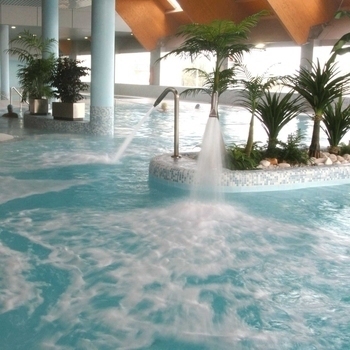 The history of Los Peñascos follows the pattern of the general history of San Pedro del Pinatar (See History of San Pedro del Pinatar) and the neighbouring coastline as a whole, which played host to Phoenicians, Carthaginians, Greeks and then the Romans.
The history of Los Peñascos follows the pattern of the general history of San Pedro del Pinatar (See History of San Pedro del Pinatar) and the neighbouring coastline as a whole, which played host to Phoenicians, Carthaginians, Greeks and then the Romans.
Although no specific evidence of settlement has been found in this pedanía, all these cultures passed through the area which is now called Los Peñascos, passing between the salinas, the port and the surrounding campo, as part of the trading activity which made San Pedro such a wealthy port in its heyday.
Under the Romans, San Pedro was included as part of the Campo de Esparto, due to the abundance in the area of the esparto grass which was used to make baskets, ropes, agricultural tools and footwear, as well as incorporating it into the construction of boats.
The Romans also began the first large-scale exploitation of the salt flats, making San Pedro del Pinatar an industrial villa and focal point for international salt and salt fish product exportation. Later on, the Arabs ( 713 AD to 1243AD) introduced the “encañizada” fishing technique, and after the end of Moorish rule the area was caught up in the boundary disputes between the kingdoms of Aragón and Castile, although the salt flat and fishing activity continued unabated throughout this period of instability.
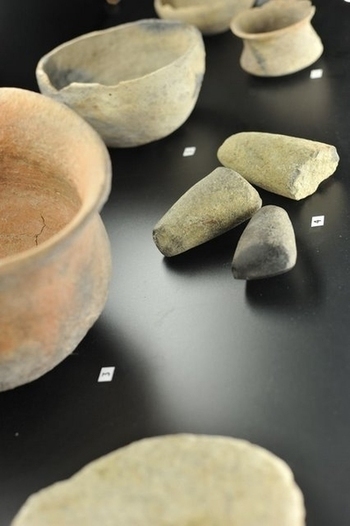 The 16th and 17th centuries continued to be marked by fishing, agriculture and the salt flats, and the church of San Pedro Apóstol was built, but throughout these years there were frequent Berber pirate raids, and a series of watchtowers was built along the coast to provide defence and advance warning of imminent incursions.
The 16th and 17th centuries continued to be marked by fishing, agriculture and the salt flats, and the church of San Pedro Apóstol was built, but throughout these years there were frequent Berber pirate raids, and a series of watchtowers was built along the coast to provide defence and advance warning of imminent incursions.
Despite this, the population was sparse, and the area remained largely depopulated until the end of the 18th century.
As the danger of pirate attack diminished, the population increased, most of the inhabitants working in the fishing and salt production industries, but towards the end of the 18th century the population level doubled, and different residential quarters and farming communities sprang up, often taking the names of the families who lived there, as is the case with Los Peñascos.
In 1836 the municipality of San Pedro del Pinatar obtained its independence.
The first trace of Los Peñascos as part of the municipality appears in the 1910 census.
In the last thirty years of the 20th century the population doubled again, as a period of significant economic growth followed the explosion of the tourist boom and the subsequent creation of improved infrastructures in the area.
 Since 1960, the local economy has been turned on its head, with the tourism boom resulting in the dominance of the services sector in the whole of San Pedro del Pinatar, taking the emphasis away from the fishing and salt production industries.
Since 1960, the local economy has been turned on its head, with the tourism boom resulting in the dominance of the services sector in the whole of San Pedro del Pinatar, taking the emphasis away from the fishing and salt production industries.
The tourism boom gained momentum in the 70s, with the arrival of tourists from Murcia and Madrid, and in the first decade of the 21st century they have been joined by large numbers of Britons and Germans who have purchased second homes in the area or simply come to enjoy their summer holidays.
Among the facilities which have arisen to cater for all these visitors are numerous apartments and restaurants, two luxury hotels and a 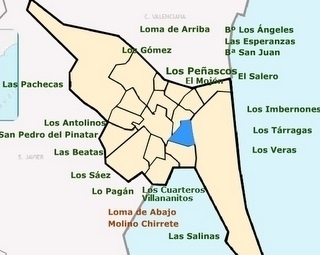 thalasso-therapy centre where curative mud baths and seawater treatments are offered to visitors.
thalasso-therapy centre where curative mud baths and seawater treatments are offered to visitors.
Employment in the area is firmly focused on the services sector, although the salt and fishing sectors are still active in modern day San Pedro del Pinatar.
Where is Los Peñascos?
Click for map, Los Peñascos, San Pedro del Pinatar ( Area by marker A)
article_detail
Contact Murcia Today: Editorial 000 000 000 /
Office 000 000 000

